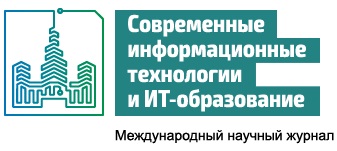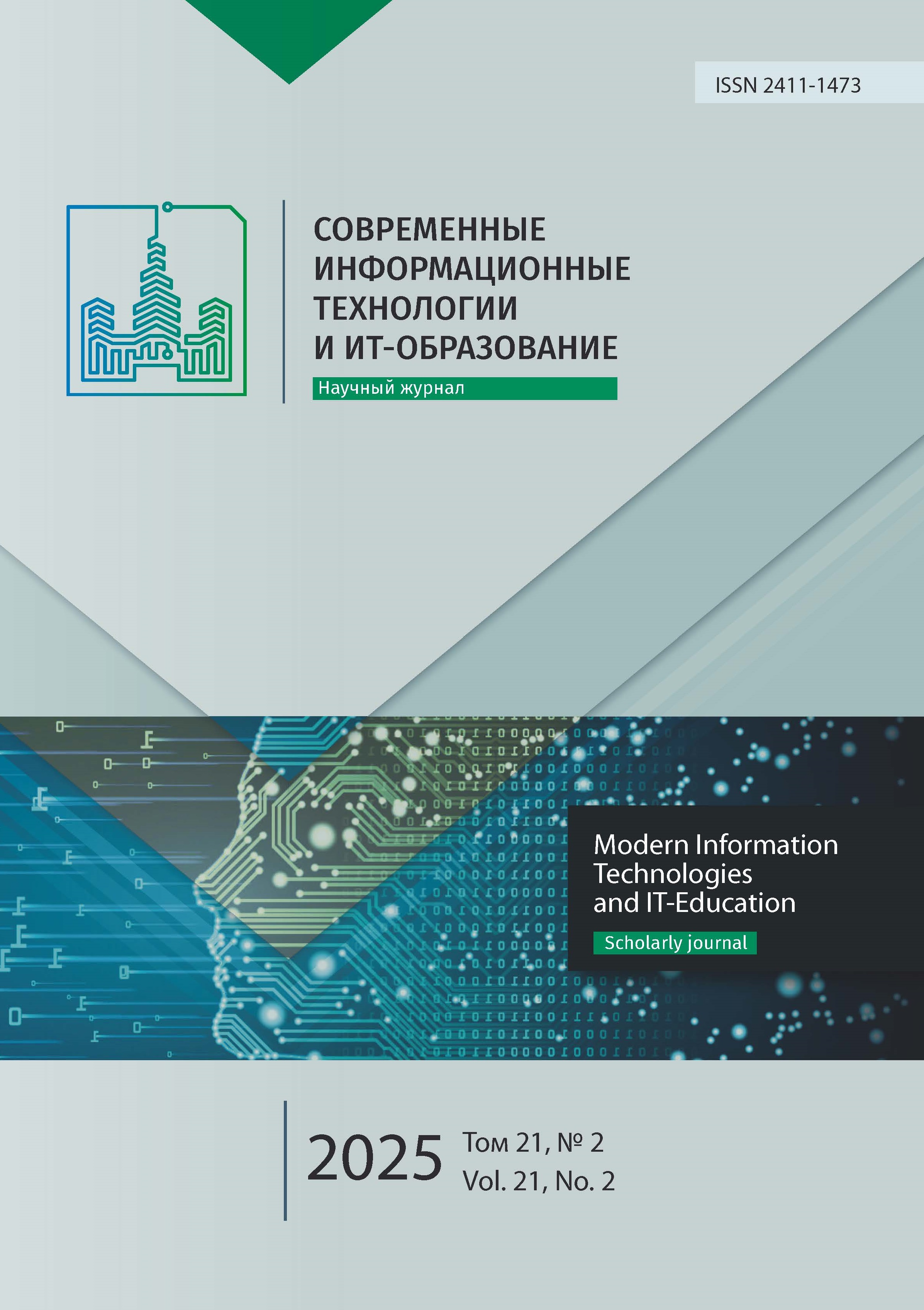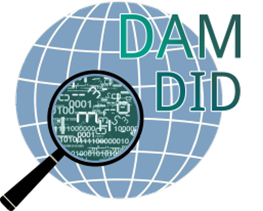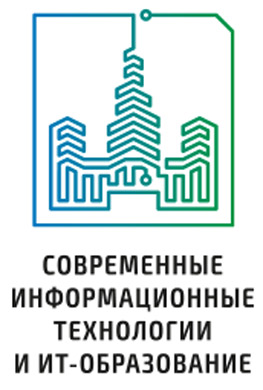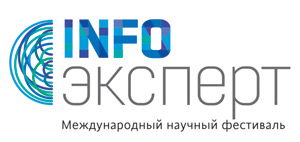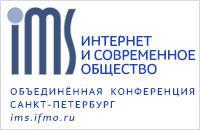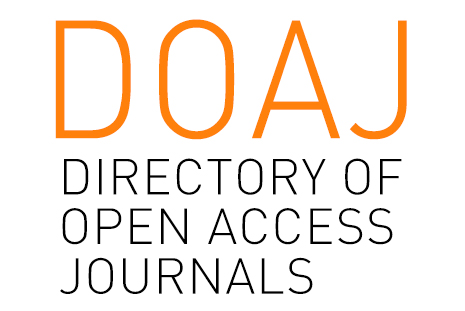Исследование структуры гетерогенного реконфигурируемого вычислителя для эффективной работы матричного метода муравьиных колоний
Аннотация
Развитие современных вычислительных систем направлено на увеличение количества вычислителей и ускорителей, в том числе и разнородных: матричных ускорителей, MIMD, SIMD и др., что требует модернизации вычислительных алгоритмов с учетом структуры компьютера. В работе рассматривается матричная модификация метода муравьиных колоний (ACO) для решения параметрической задачи. Для решения параметрической задачи, поиска оптимальных значений параметров, в методе ACO применяется графовая структура данных, в которой для каждого значения каждого параметра выделяется одна вершина, а муравей-агент должен выбрать по одному значению для каждого параметра. Данная структура позволяет рассматривать работу ACO как операции над матрицами. Предложенная матричная модификация, работающая с оптимизированной графовой структурой, позволяет достичь ускорения от 13 до 22 раз по сравнению с оригинальным методом при выполнении на CPU. Во многом такое ускорение обусловлено работой современного оптимизирующего компилятора C++. Предложен алгоритм представления матричного ACO для SIMD ускорителя и гетерогенного вычислителя. Проведены исследования на ускорителе с применением технологии NVIDIA CUDA, ускорение составило от 7 до 18 раз. Для применения ACO на CUDA требуется пересмотр алгоритма, разделение данных по типам памяти, правильное разделение на потоки и блоки, решения проблем синхронизации и передачи данных между CPU и GPU. Предложен алгоритм для гетерогенного вычислителя, выполняющего матричные преобразования на CPU и вычисление пути муравья-агента на GPU, который показал ускорение от 24 до 38 раз. Проведено теоретическое исследование эффективности применения гетерогенного матричного ACO на гетерогенном вычислителе, состоящем из наборов MIMD ядер и SIMD ускорителей. Предложен подход к определению предела теоретического ускорения алгоритма и оптимальная структура гетерогенного реконфигурируемого вычислителя.

Это произведение доступно по лицензии Creative Commons «Attribution» («Атрибуция») 4.0 Всемирная.
Редакционная политика журнала основывается на традиционных этических принципах российской научной периодики и строится с учетом этических норм работы редакторов и издателей, закрепленных в Кодексе поведения и руководящих принципах наилучшей практики для редактора журнала (Code of Conduct and Best Practice Guidelines for Journal Editors) и Кодексе поведения для издателя журнала (Code of Conduct for Journal Publishers), разработанных Комитетом по публикационной этике - Committee on Publication Ethics (COPE). В процессе издательской деятельности редколлегия журнала руководствуется международными правилами охраны авторского права, нормами действующего законодательства РФ, международными издательскими стандартами и обязательной ссылке на первоисточник.
Журнал позволяет авторам сохранять авторское право без ограничений. Журнал позволяет авторам сохранить права на публикацию без ограничений.
Издательская политика в области авторского права и архивирования определяются «зеленым цветом» в базе данных SHERPA/RoMEO.
Все статьи распространяются на условиях лицензии Creative Commons «Attribution» («Атрибуция») 4.0 Всемирная, которая позволяет другим использовать, распространять, дополнять эту работу с обязательной ссылкой на оригинальную работу и публикацию в этом журналe.
